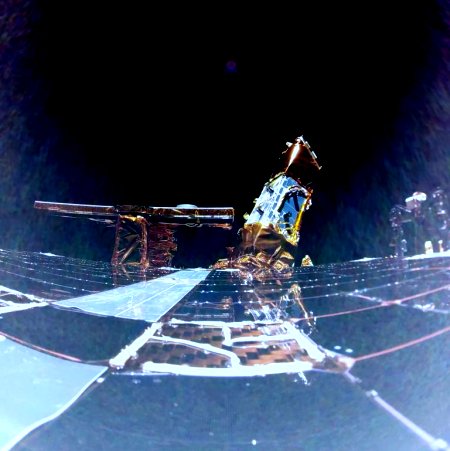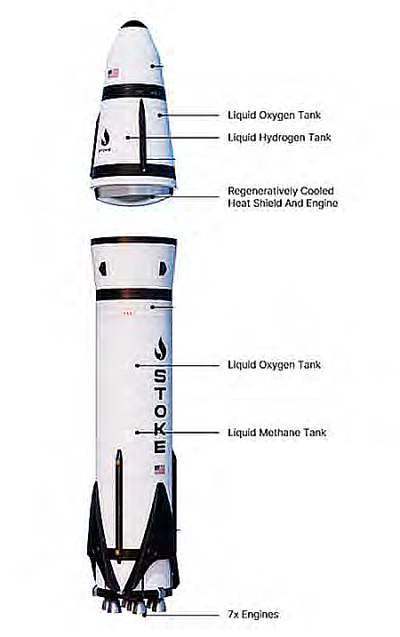Live stream of the 7th test orbital flight of Starship/Superheavy
I have embedded below the live stream of today’s attempt by SpaceX to complete the 7th orbital flight of its giant rocket Starship/Superheavy. The stream goes live at around 3:15 pm (Central), 45 minutes before the start of the one hour launch window beginning at 4 pm (Central).
For embed purposes I am using the youtube version provided by Space Affairs. Once SpaceX’s feed goes live on X you can then switch to it, found here.
The flight’s goals:
Superheavy: Complete the second catch of the booster at the launch tower using the chopsticks. The booster will also be reusing an engine from the fifth test flight to confirm its viability for reuse.
Starship: Test new avionics, a new fuel feed system, and new heat shield tiles as well as the ablative material used underneath the tiles. Test a different placement and configuration of the flaps. The ship will also test engineering that will eventually lead to it being captured by the chopstick tower on return.
There will be an engine restart during Starship’s orbital cruise phase to further confirm the Raptor-2 engines can work reliably when needed during a full orbit de-orbit burn.
Finally, the ship will test its Starlink deployment system, releasing 10 dummy Starlink satellites.
» Read more
I have embedded below the live stream of today’s attempt by SpaceX to complete the 7th orbital flight of its giant rocket Starship/Superheavy. The stream goes live at around 3:15 pm (Central), 45 minutes before the start of the one hour launch window beginning at 4 pm (Central).
For embed purposes I am using the youtube version provided by Space Affairs. Once SpaceX’s feed goes live on X you can then switch to it, found here.
The flight’s goals:
Superheavy: Complete the second catch of the booster at the launch tower using the chopsticks. The booster will also be reusing an engine from the fifth test flight to confirm its viability for reuse.
Starship: Test new avionics, a new fuel feed system, and new heat shield tiles as well as the ablative material used underneath the tiles. Test a different placement and configuration of the flaps. The ship will also test engineering that will eventually lead to it being captured by the chopstick tower on return.
There will be an engine restart during Starship’s orbital cruise phase to further confirm the Raptor-2 engines can work reliably when needed during a full orbit de-orbit burn.
Finally, the ship will test its Starlink deployment system, releasing 10 dummy Starlink satellites.
» Read more












